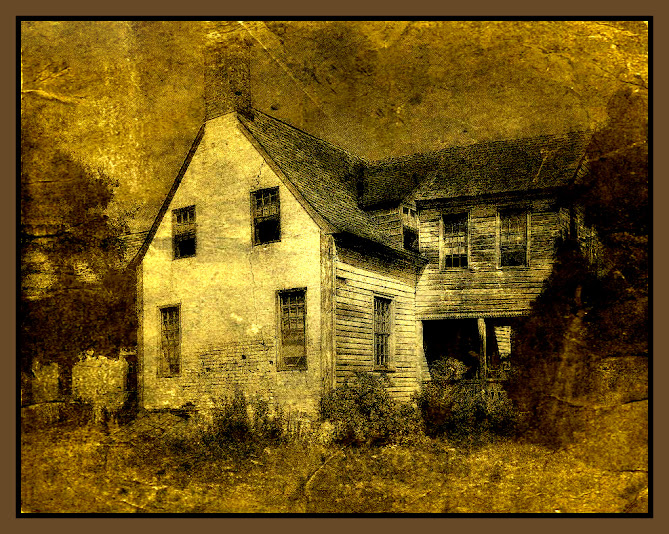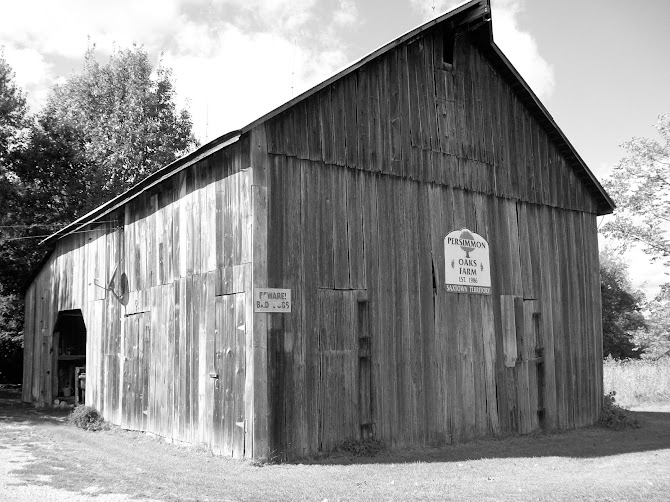In the summer of 1918, police launched a major raid at the offices of Chicago's waiter's union. They rounded up over 100 servers working in the local restaurant industry on suspicion of food poisoning.
The raid was unlike anything the city had seen before, and it came after the swanky Hotel Sherman hired an undercover detective to investigate an alarming amount of food poisoning among the hotel's well-to-do patrons.
What the detective discovered was astonishing: the city's waiters had been purchasing 20¢ packets of an illegal powdery substance that, if ingested, would cause violent gastronomical problems. The drug was later found to be "tartar emetic," a concoction produced by W. Stuart Wood, a pseudo-pharmacist who manufactured the drug with his wife.
Wood named the drug "Mickey Finn powder" as a tribute to the conniving saloon owner arrested just 15 years earlier. Many believe this was the origin of the saying "slip a Mickey" as a reference to being drugged or knocked unconscious by a spiked beverage or meal.
The drug bust at the waiters' union explained the cause behind countless reports of food poisoning across Chicago in previous weeks.
Customers at restaurants, clubs, and hotels in the city were getting sick, shaking and vomiting uncontrollably after consuming what authorities suspected was food laced with some sort of drug. Police confiscated envelopes filled with the Mickey Finn powder adorned with a written warning on them:
“One of these powders may be given in beer, tea, coffee, soup or other liquid. Never give more than one powder a day. These powders are to be used by adults only.”
Among those arrested in the raid were two men who worked the union headquarters' bar, along with the president of the subsidiary bartenders union, officials from the Waiters and Cooks unions, and Wood, the mastermind behind the powder drug.
According to a report by the Tribune, the customers that had fallen ill during the food poisoning epidemic were mostly "prominent Chicagoans" who hadn't tipped their waiters generously.
Even before Chicago waiters plotted against stingy tippers, another bout of mass food poisoning occurred during a swanky event at the University Club, where dozens of the city's elite, including the mayor and the governor, had gathered and become gravely ill two years prior in 1916.
More than 100 guests at the soiree, held in honor of Chicago's new archbishop George Mundelein, became sick after consuming chicken soup at the event. It turned out that the food had been spiked with arsenic by Nestor Dondoglio, an Italian anarchist who advocated for class revolt and had only meant to poison Mundelein himself.
Dondoglio had disguised himself as an assistant chef named Jean Crones and slipped in among the kitchen staff unnoticed before carrying out his revenge against the city's influential crowd.
After both of these food poisoning incidents, Chicago's food industry descended into fear and chaos.
 |
| Captain William O'Brien and Dr. John Robertson examine poison phial's in the room of Jean Crones, the anarchist who poisoned 300 elite guests. |
The city's public was on high alert. Food tasters were hired for the city's St. Patrick's Day festivities as waiters across Chicago continued to strike and, in some cases, still poisoned stingy restaurant tippers.
Though separated by decades, Dondoglio's, the waiters, and Finn's stunts all sought to revolt against Chicago's wealthy. Later, drugs and poison would escalate from a means of punishment to a method of murder.
In 1923, Chicago storekeeper Tillie Klimek — nicknamed the "Poison Widow" — made headlines after being convicted of killing her third husband by poisoning his meals. Later, she was linked to the murders of at least 14 other people and animals.
Similarly, in 1931, a woman in Chicago's Rogers Park community was suspected of using flypaper to poison her husband's drinks when she believed he was having an affair. Then in 1942, a couple died of cyanide poisoning at the famed L'Aiglon Restaurant in River North, and later it came out that the woman in the couple was a mistress.
While this trend of mass poisoning bloomed in the 1920s and 30s Chicago, these days, pulling off such a crime would be virtually impossible.
"The truth is it's generally not easy now to poison on a wide scale," said food safety specialist Benjamin Chapman of the Department of Agricultural and Human Sciences at North Carolina State University.
He added: "Cases of intentional poisoning tend to be small — and often a flavor or a taste will tip people off something's wrong. Using our food systems to poison is just not the most efficient, effective way to get at people."
Mickey Finns have since transformed into knock-out drugs made out of clonidine. The drug continues to be the go-to method for scammers and thieves.
Compiled by Dr. Neil Gale, Ph.D.





